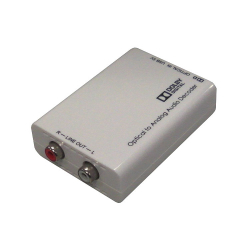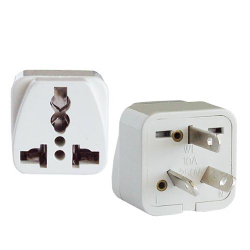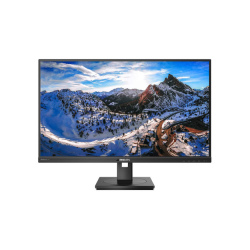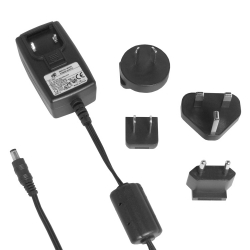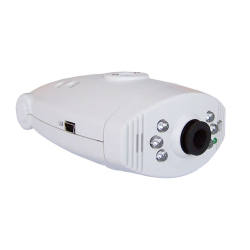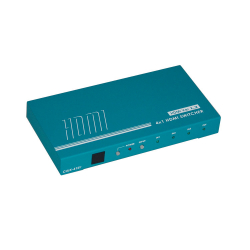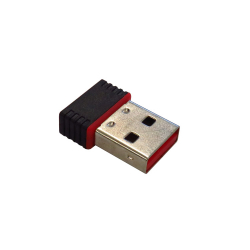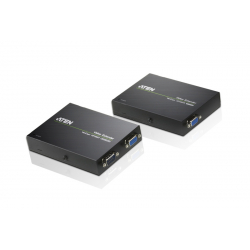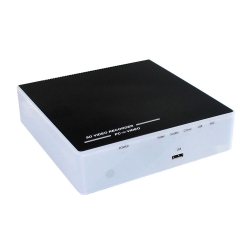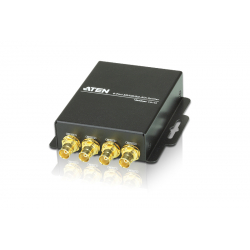A B C D E F G H I J K L M N O P Q R S T U V W X Y Z _
| Algorithm | An algorithm is a set of instructions, sometimes called a procedure or a function, that is used to perform a certain task. This can be a simple process, such as adding two numbers together, or a complex function, such as adding effects to an image. For example, in order to sharpen a digital photo, the algorithm would need to process each pixel in the image and determine which ones to change and how much to change them in order to make the image look sharper. Most computer programmers spend a large percentage of their time creating algorithms. (The rest of their time is spend debugging the algorithms that don't work properly.) The goal is to create efficient algorithms that do not waste more computer resources (such as RAM and CPU time) than necessary. This can be difficult, because an algorithm that performs well on one set of data may perform poorly on other data. As you might guess, poorly written algorithms can cause programs to run slowly and even crash. Therefore, software updates are often introduced, touting "Improved stability and performance." While this sounds impressive, it also means that the algorithms in the previous versions of the software were not written as well as they could have been. |
| ADC | Analog to Digital Converter. A device which converts an Analog signal to a digital form. Typically, an ADC is an electronic device that converts an input analog voltage (or current) to a digital number proportional to the magnitude of the voltage or current. The process may be done with different levels of accuracy. |
| Chroma Key | The technique for mixing two images or frames together in which a colour (or a small colour range) from one image is removed (or made transparent), revealing another image behind it. For example it is commonly used for weather forecast broadcasts, where the presenter appears to be standing in front of a large map, but in the studio it is actually a large blue or green background. A Blue or Green background is usually favoured as these colours are considered to be the furthest away from skin tone. The Chroma Key process is based on the luminance key. In a luminance key, everything in the image over (or under) a set brightness level is "keyed" out and replaced by either another image, or a colour from a colour generator. See Blue Key. |
| CEC | One of the channels in an HDMI connection is dedicated to a set of advanced control functions, collectively known as CEC. CEC wiring is in a product is mandatory, although implementation of CEC in a product is optional. The feature is designed to allow the user to command and control multiple CEC-enabled boxes with one remote control and for individual CEC-enabled devices to command and control each other without user intervention. Examples of current CEC systems include Sony's BRAVIA Sync, Panasonic's VIERA Link, and Sharp's Aquos Link. |
| Blu-Ray Disc | Blu-ray Disc (also known as Blu-ray or BD) is an optical disk storage media format designed to supersede the standard DVD format. The name Blu-ray Disc is derived from the blue-violet laser used to read and write this type of disc. Its main uses are for storing high-definition video, PlayStation 3 video games, and other data, with up to 25 GB per single layered, and 50 GB per dual layered disc. Although these numbers represent the standard storage for Blu-Ray drives, the specification is open-ended, with the upper theoretical storage limit left unclear. The disc has the same physical dimensions as standard DVDs and CDs. |
| Anamorphic Widescreen | The process that horizontally squeezes a widescreen (16:9) image so that it can be stored into a standard 4:3 aspect ratio DVD image frame. When played back on a 4:3 television, the DVD player usually restores the correct aspect ratio and generates black bars at the top and bottom of the frame. If the DVD player is set up incorrectly, the picture may be distorted, making objects appear thin and tall. If content is viewed on a 16:9 display, the TV restores the anamorphic widescreen image to its original proportions. Non-anamorphic video played on the same television has not only the black bars at the top and bottom, but grey bars on the left and right because the video signal is more square than the television screen. |
| Black Burst | A video signal comprising sync and colour burst signals which generate a black image on the screen. It is used to synchronise (Genlock) other video sources to the same sync and colour information. This is important during video editing situations where all video decks and cameras need their video clocks to be synchronised. |
| 1080i | A High Definition video format consisting of 1,080 vertical lines of display resolution in an Interlaced scan. The term usually assumes a widescreen aspect ratio of 16:9, implying a horizontal resolution of 1920 pixels and a frame resolution of 1920×1080 or about 2.07 million pixels. |
| 480i | A Standard Definition video format consisting of 480 vertical lines of display resolution in an Interlaced scan. While NTSC has a total of 525 lines, only 480 of these are used to display the image for DV-NTSC. |

